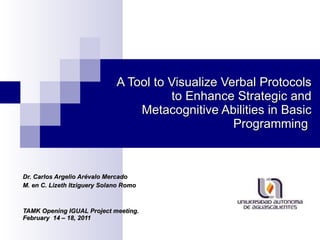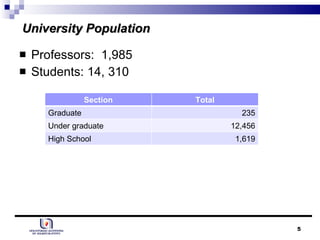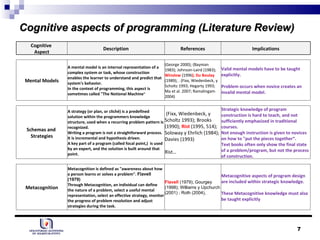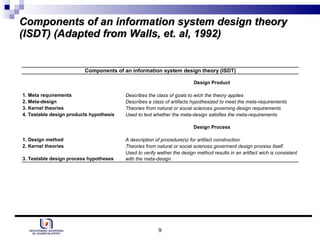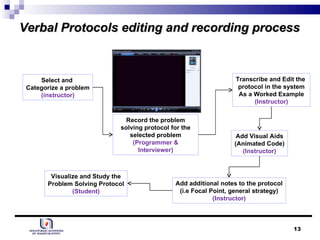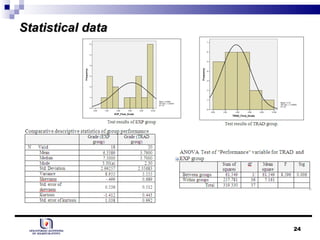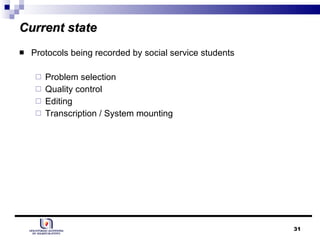The document describes a research project that designed a tool to visualize verbal protocols of programming experts solving problems. The tool aims to help transfer experts' valid mental models, problem-solving strategies, and metacognitive abilities to novice programmers. An evaluation of the tool involved undergraduate students and found those using the tool performed better on a programming test compared to the control group. Future work is needed to further evaluate the tool's effectiveness over longer periods.
